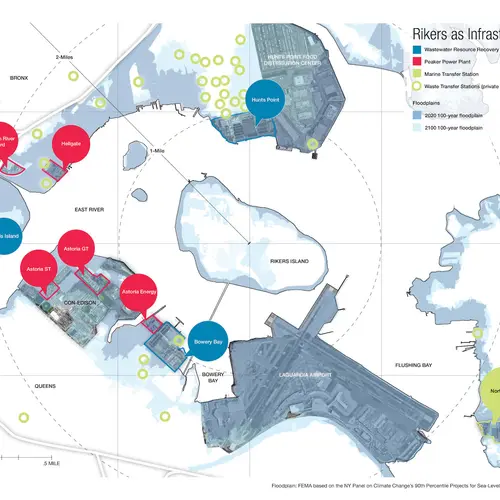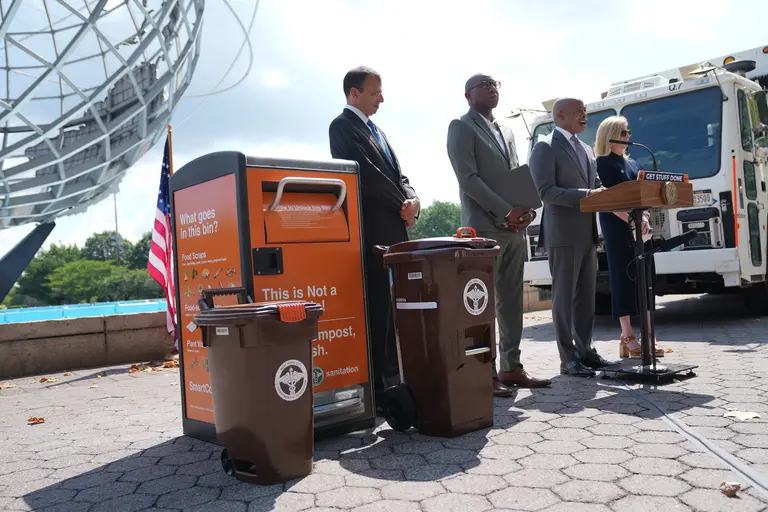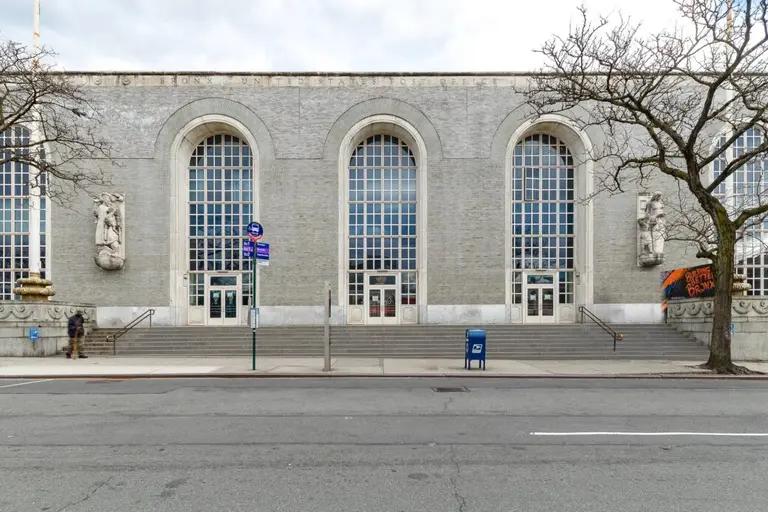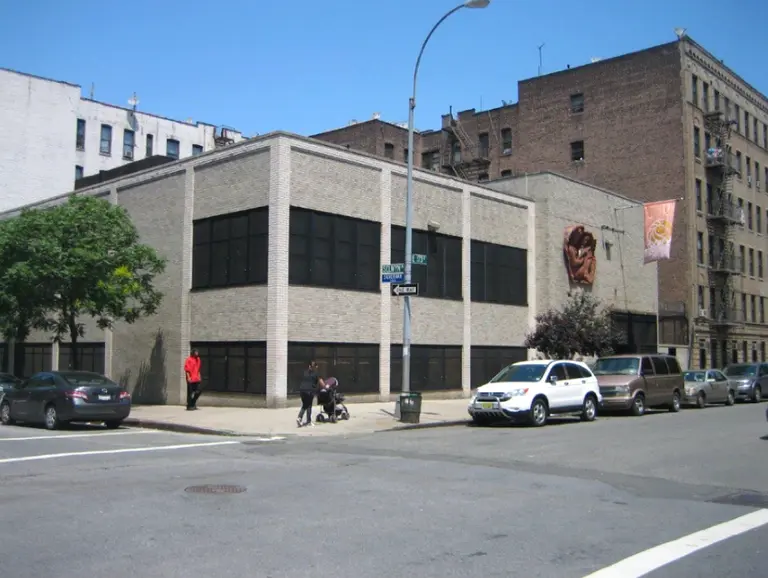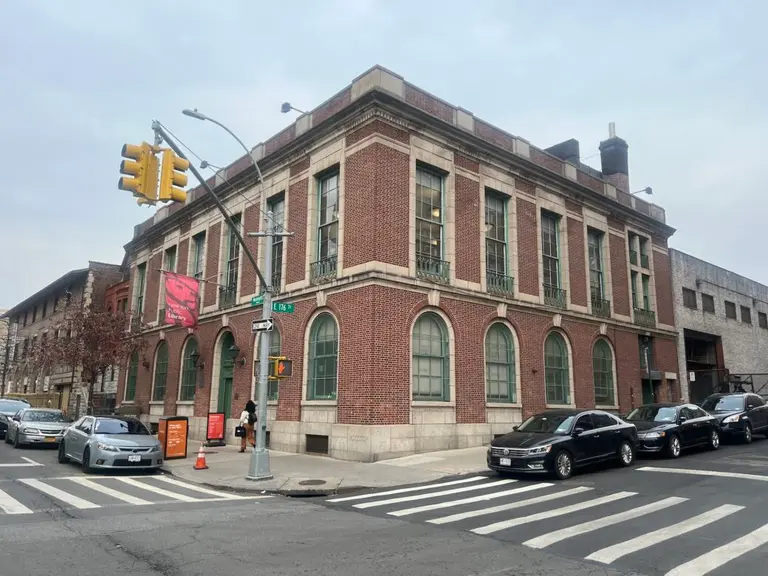Here’s what Rikers Island could look like as a green infrastructure hub

All renderings courtesy of Andrea Johnson for the Regional Plan Association
A new report released this week details how New York City’s notorious Rikers Island could become a green energy center after the prison complex closes. The Regional Plan Association and Rhode Island School of Design on Wednesday revealed their vision to transform the over 400-acre Rikers Island into a green energy hub with solar energy production, recycling and composting infrastructure, a research and training facility for the formerly incarcerated, and a wastewater treatment plant.

In October 2019, the City Council approved a plan to close Rikers and replace it with four new borough-based jails. Rikers will shutter and the island will be transferred from the Department of Correction (DOC) to the Department of Citywide Administrative Services (DCAS) by 2027.
A series of “Renewable Rikers” bills passed by the City Council last year allows the city to build new energy and waste facilities once the prison closes.
“A Plan for Renewable Rikers” is based on the vision of the Renewable Rikers coalition, a group made up of those formerly incarcerated on Rikers and their families and environmental and social justice groups.
The new wastewater treatment plant would free up 182 acres of community space in the Bronx and Queens that is currently occupied by wastewater facilities. This newfound space would allow for the construction of a new research and training facility that could provide educational and workforce development opportunities to those formerly imprisoned on Rikers.
The proposed solar energy production and storage plant would be capable of generating up to 1,500 MW of energy storage and 275 MW of solar power, as well as provide hundreds of new jobs to New Yorkers.
The composting and recycling hub would be able to process over 365,000 tons of organic waste annually, which is 34 percent of the city’s total organic waste production. It would also generate jobs, remove the quantity of polluting trucks on the roads, and “activate urban ecologies.”
“As Rikers Island descends deeper into crisis conditions, it is critical that we are prepared to hit the ground running on a new vision for its future,” Moses Gates, RPA’s Vice President for Housing and Neighborhood Planning, stated.”
Gates continued: “RPA is proud to build on the work of environmental and criminal justice advocates in presenting a plan to reimagine Rikers’ 400 acres as a green energy hub that strengthens the city’s resilience to climate change and delivers substantial community benefits—especially for the Black, Brown and poor New Yorkers who have borne the brunt of mass criminalization and noxious energy facilities.”
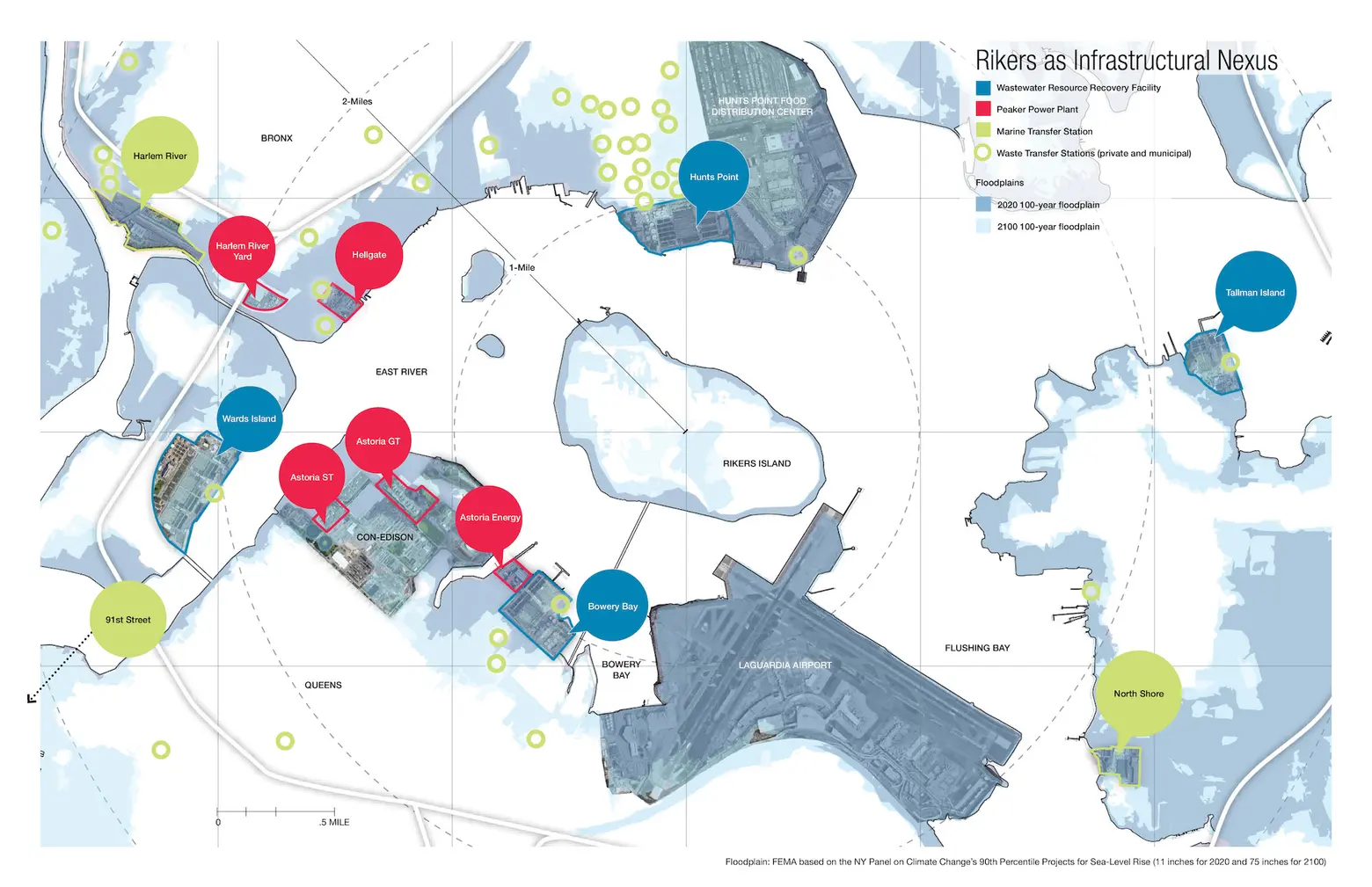
“We have an opportunity to transform Rikers Island into a haven for education, training, and sustainability,” Andrea Johnson, assistant professor in the Master of Landscape Architecture program at the Rhode Island School of Design, said. “The carefully thought out designs we’ve presented in this report show how the entire island can be activated as an energy hub for all of New York City, while freeing large swathes of neighboring boroughs from aging energy infrastructure.”
The plan to close Rikers begins with the relocation of thousands of prisoners currently to four new prison complexes located in Lower Manhattan, the South Bronx, Downtown Brooklyn, and Kew Gardens, Queens.
The four prisons will feature approximately 1,400 beds each, and space for community and retail, as 6sqft previously reported. Former Mayor Bill de Blasio unveiled the initial plan in 2017, with the new prisons located at 275 Atlantic Avenue in Brooklyn, 125 White Street in Manhattan, 126-02 82nd Avenue in Queens, and East 141st Street in the Bronx.
Rikers Island has long been the subject of conflict, with reports of its corrupt and inhumane treatment of prisoners coming out over the years. A recent report by the federal monitor appointed to survey reforms at the prison said that the jail complex is still “dangerously unsafe,” according to the New York Times.
RELATED:


